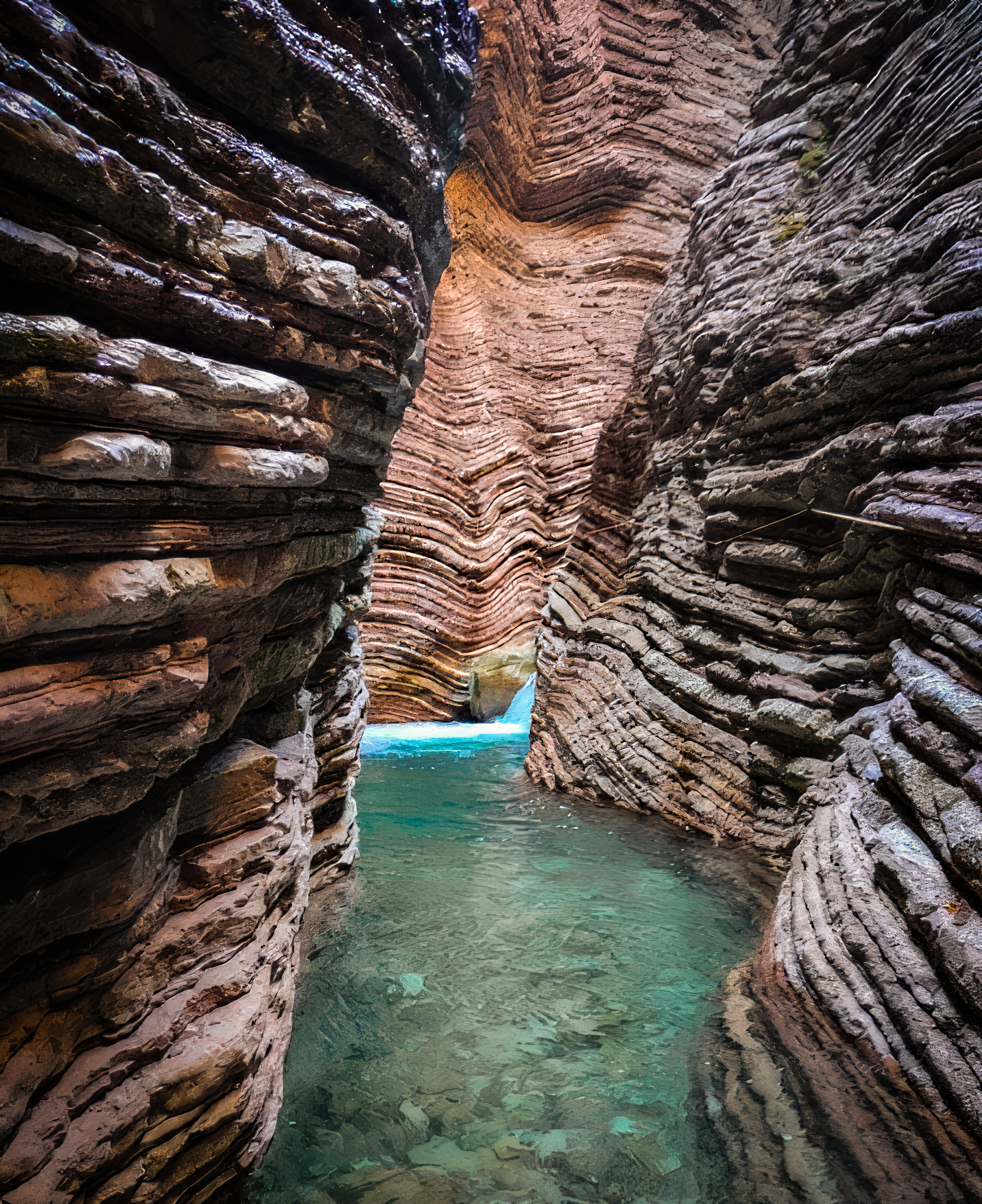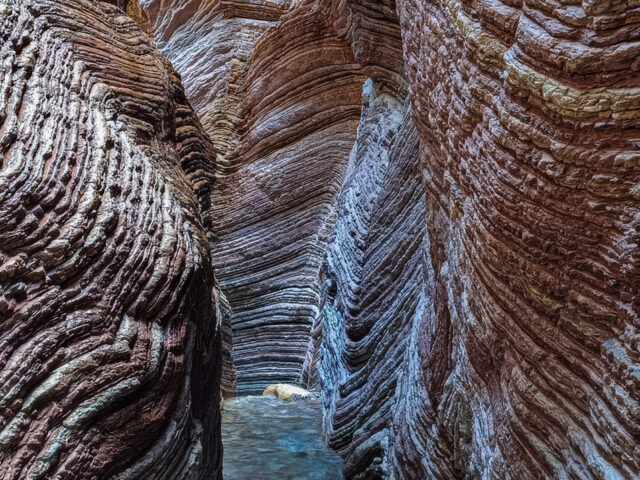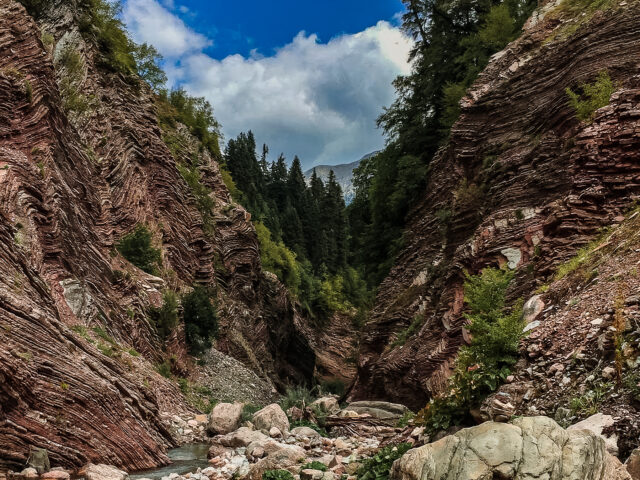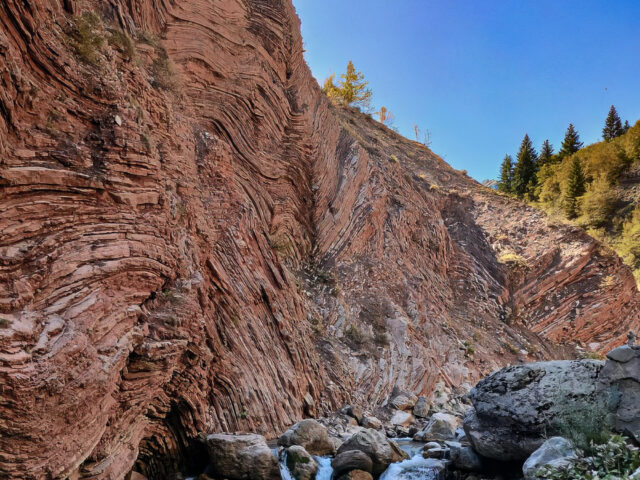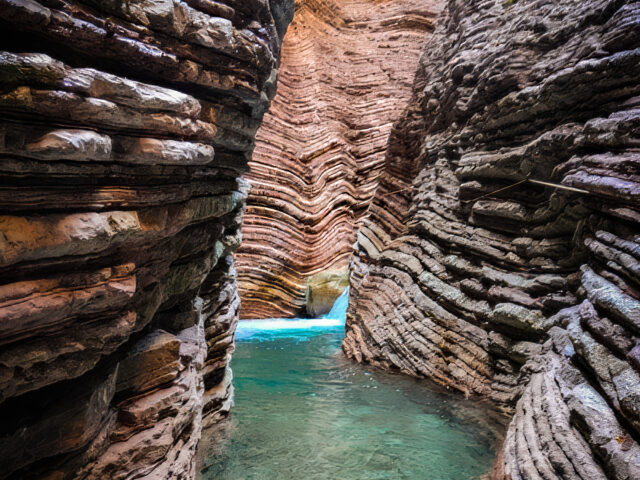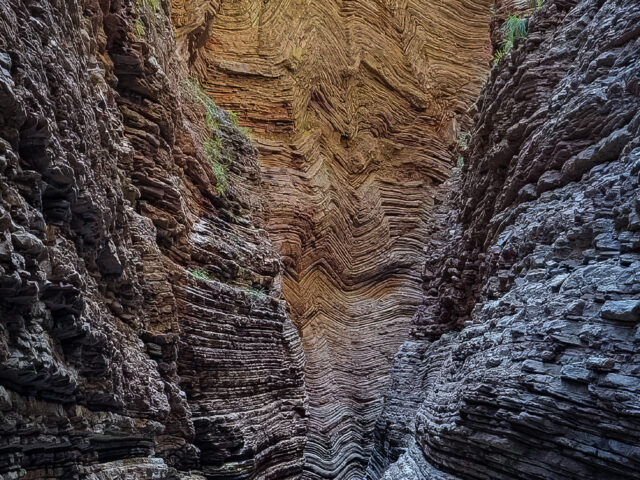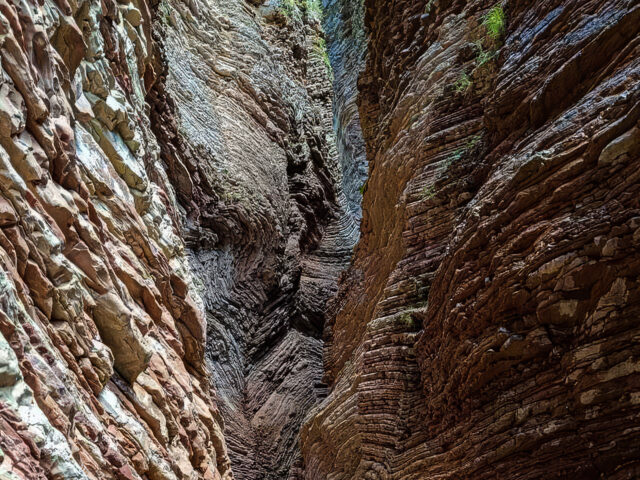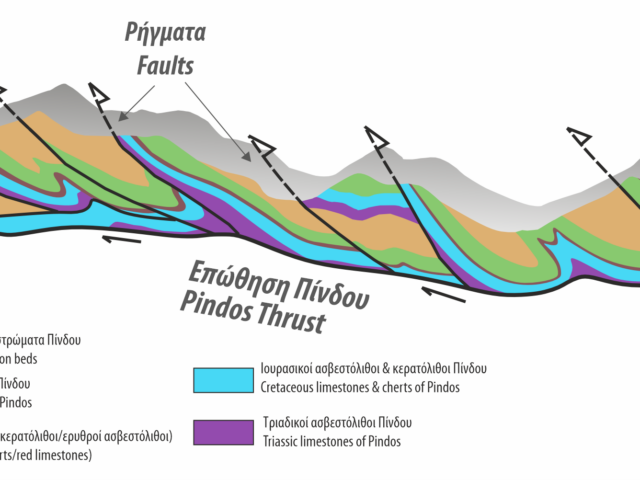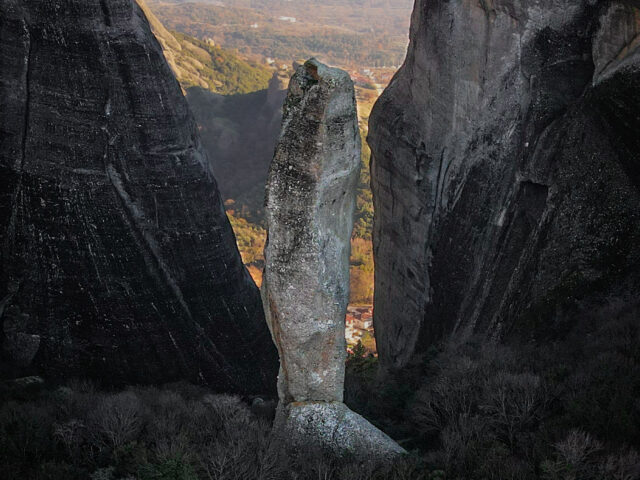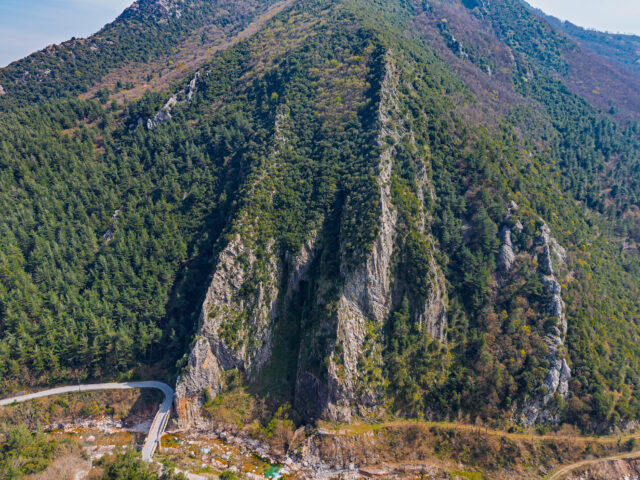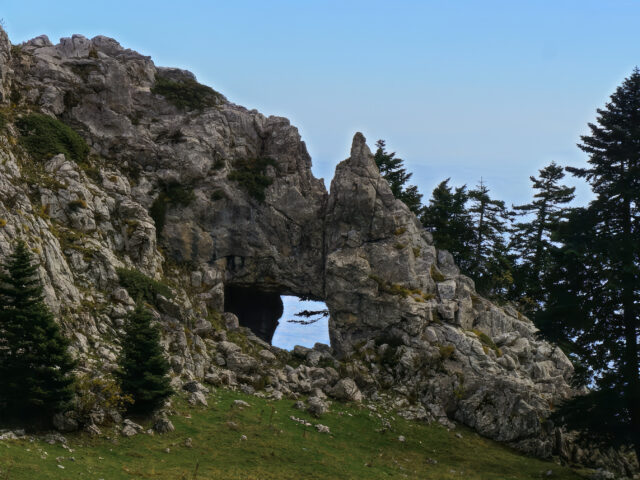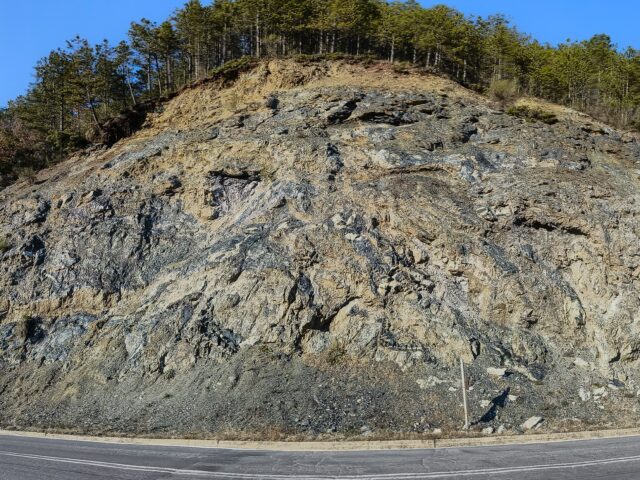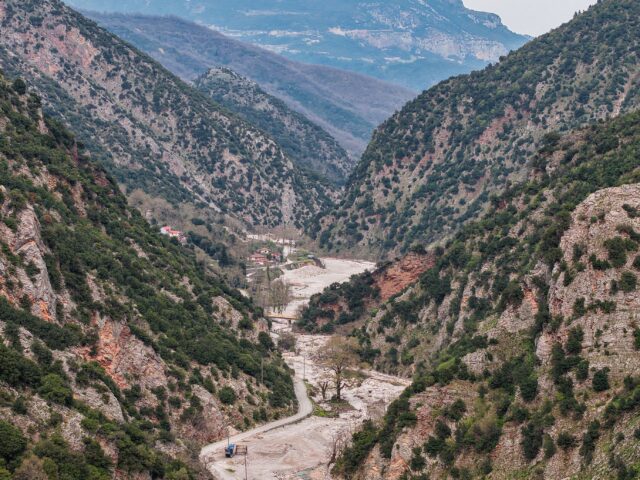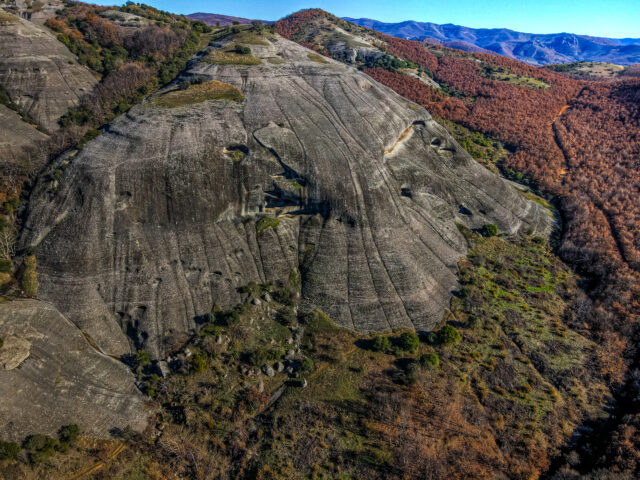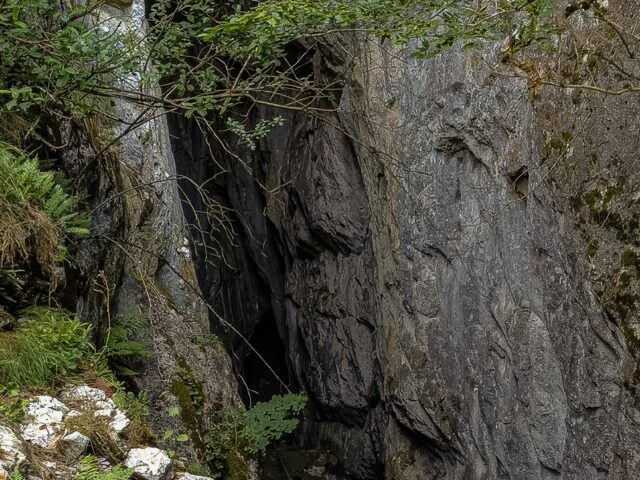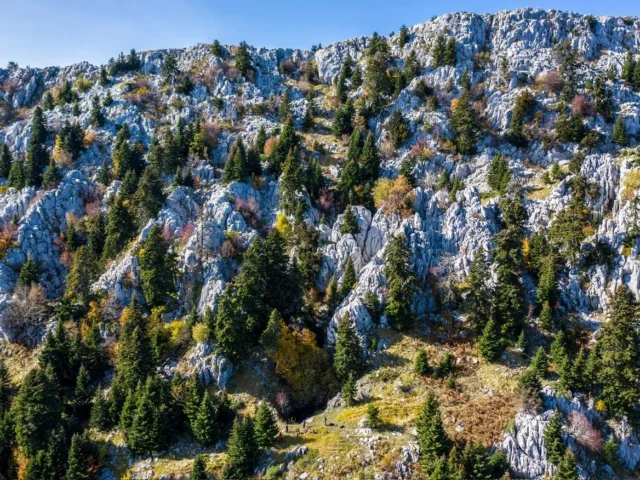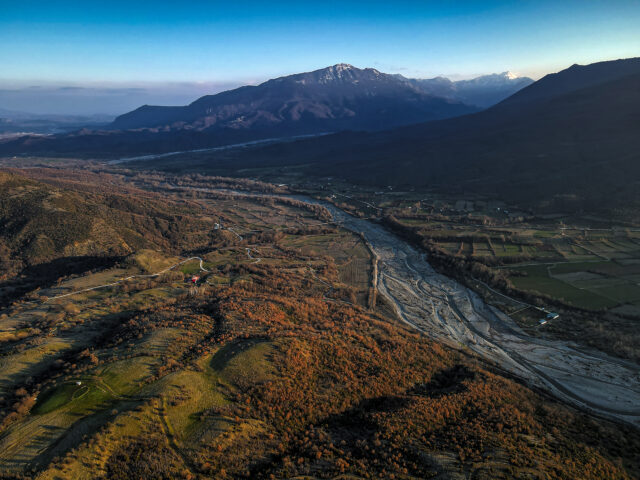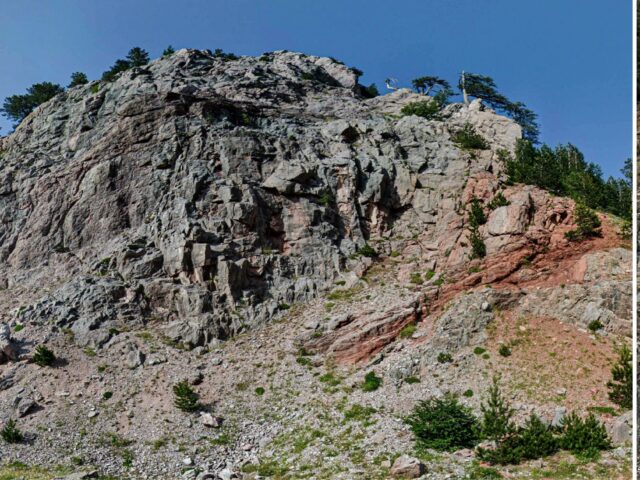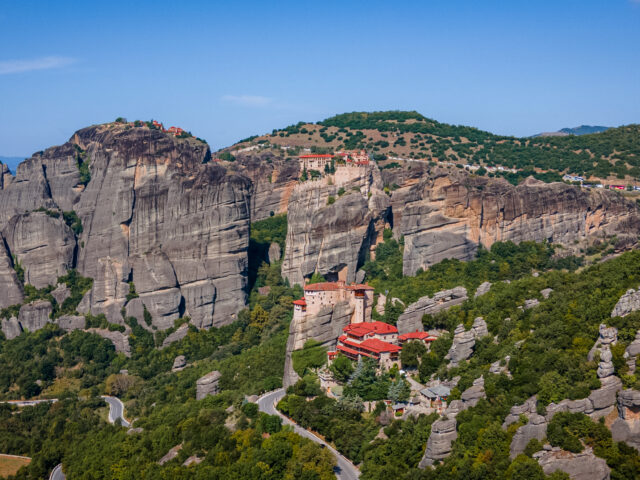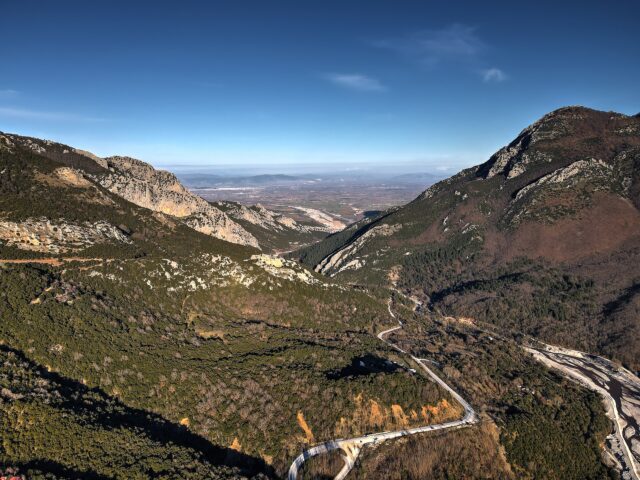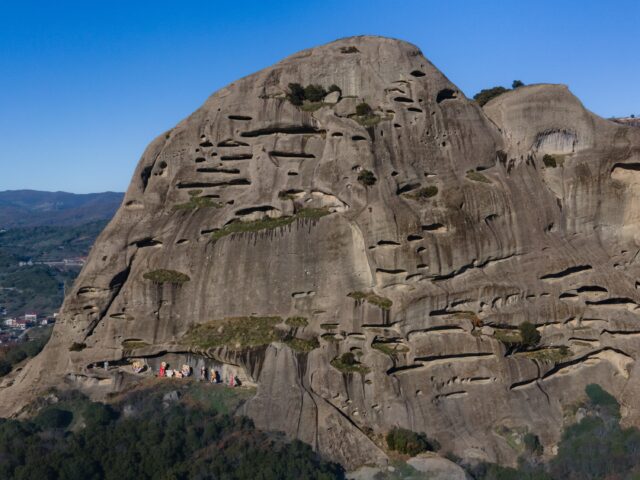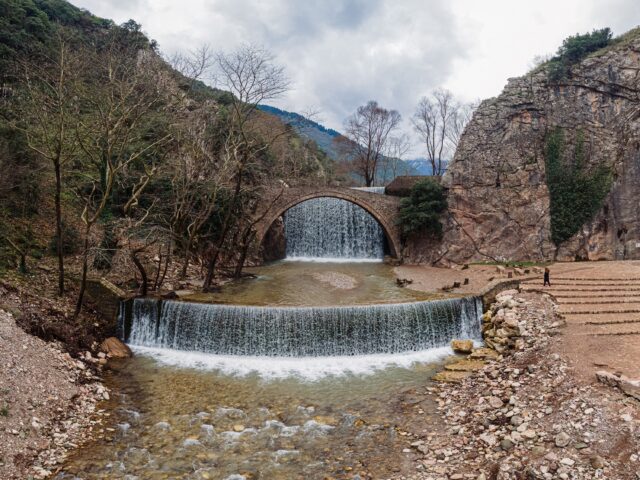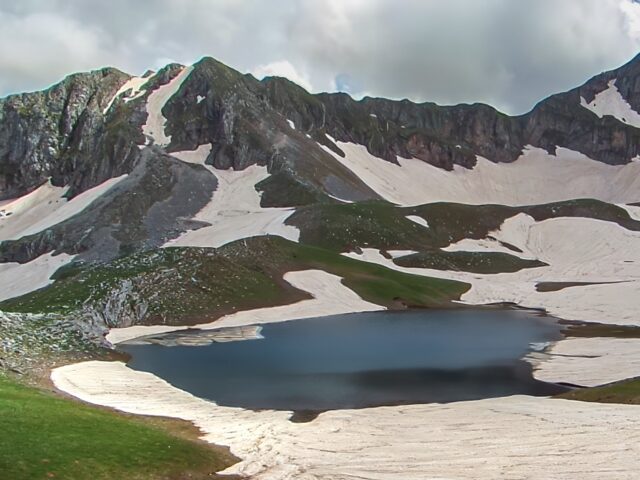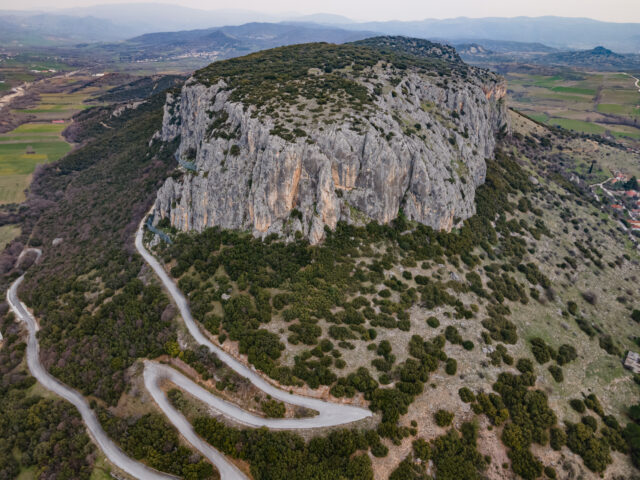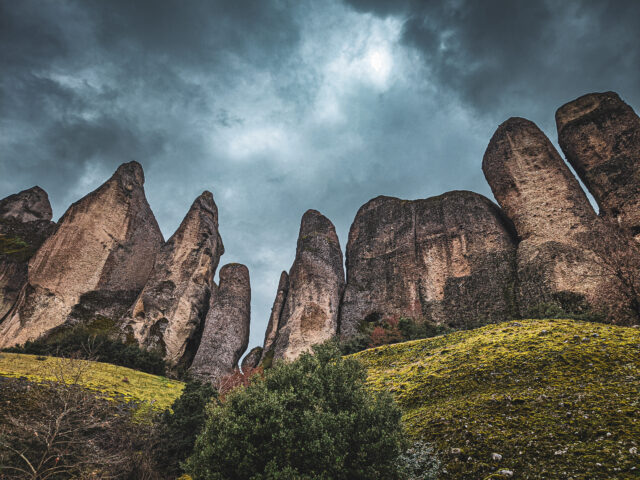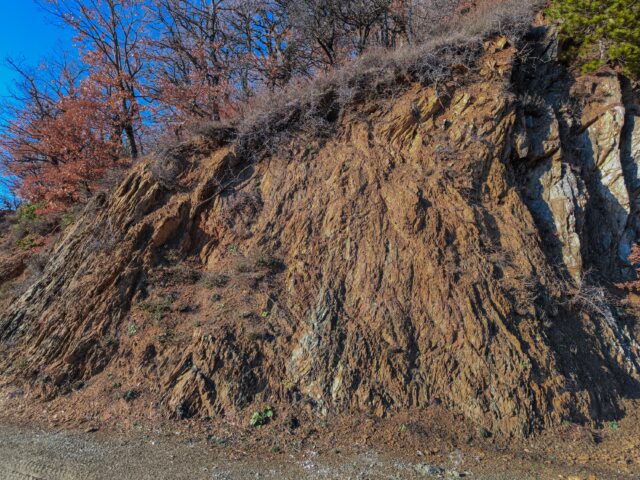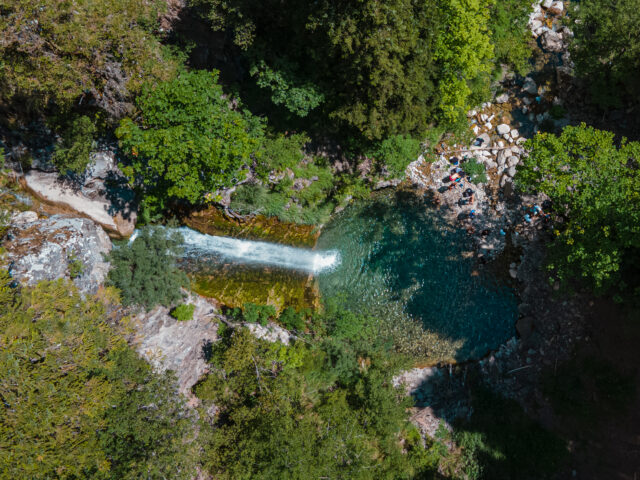Athamania Gorge
Address
Ethikes 420 37
GPS
39.499610494818, 21.229190826416
The Athamania Gorge is located near the village of Athamania (Moutsiara) in Trikala, next to Gardiki in Aspropotamos, an area that presents a beautiful landscape at any time of the year. To reach the gorge, the visitor follows the path from the chapel of Agioi Apostoli to the first crossing of the river for half an hour, and then approaches it through the riverbed and against the stream. The most appropriate period to visit the Gorge is between July and August, and it is essential for those crossing it to wear a helmet and have waterproof equipment. In winter, one cannot safely approach the gorge, as the water in the river makes it impassable. When it rains at altitude, water descends into the gorge, creating a risk of sudden floods in the gorge and the bed of the Moutsaritiko stream.
At the site, three waterfalls flow from the springs of Kakarditsa and Kriakoura, while there are also impressive geological formations of sedimentary rocks on the left and right as well as natural swimming pools for the more daring. Large landslides on the slope of Kakarditsa have moved blocks of Pindos rocks towards the bed of the Moutsaritiko stream, closing the valley. These continuous movements force the river to dig deep without having the time to form a wide and open bed, thus forming the narrow passage of the Athamania gorge.
Along the stream and inside the gorge, we can observe impressive displays of geological formations of the Pindos zone. During the Mesozoic, a sequence of deep-sea sediments was deposited in the Pindos Ocean, which constitute the Pindos zone (unit). Pindos was formed approximately 35 million years ago, with the Alpine Orogeny: the sediments of Tethys were folded and uplifted, creating the mountains around the Mediterranean, including Pindos. The orogenesis began in eastern Greece, migrating westward over millions of years. The Alpine orogeny and the folding of the Pindos formations created the current image of a series of folded covers and thrusts, with the result that the Pindos formations are repeated and, in some areas, appear in an inverted stratigraphic sequence (older rocks on top of younger ones). The rocks we see in the stream approaching the Athamania Gorge, and inside it, are the characteristic red-colored sediments of the First Flysch of Pindos (Lower Cretaceous), with clayey schists, sandstones and hornfels, as well as a series of alternations of thin-bedded hornfels, radiolarites and Jurassic limestones.

